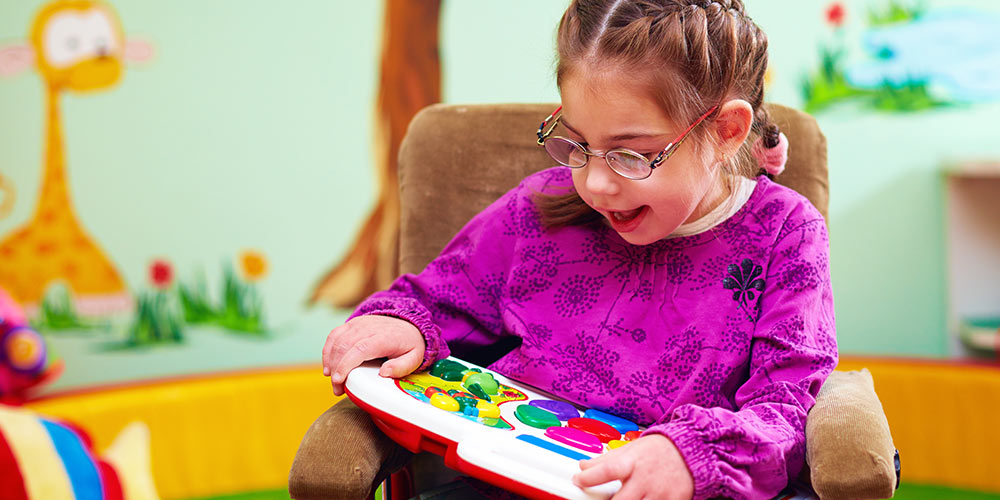
While parents have a variety of tax-advantaged ways to save for their children’s educational needs, they haven’t always enjoyed the same tax benefits when saving for the future of their special-needs children. The Achieving a Better Life Experience Act (ABLE) of 2014 provides such an opportunity.
ABLE Accounts
States may offer ABLE accounts, designed to pay for disability-related expenses, to people who become disabled before age 26. Account earnings are tax-deferred, but you make contributions to an ABLE account after tax. Qualified withdrawals — including support services, assistive technology, employment training, transportation, education and housing — are tax-free.
You and other loved ones can each contribute up to $15,000 gift-tax-free, and the recent tax law changes now allow disabled persons to also contribute to their ABLE accounts subject to certain limits. The first $100,000 of ABLE account assets are not considered part of the account beneficiary’s assets, a positive feature for those depending on Medicaid eligibility.
Tax Law Changes
A provision allowing ABLE account beneficiaries to qualify for the Saver’s Credit based on account contributions of up to $2,000 is new in 2018. Also new are limited rollovers to an ABLE account from 529 plans of the disabled beneficiary and loved ones.

